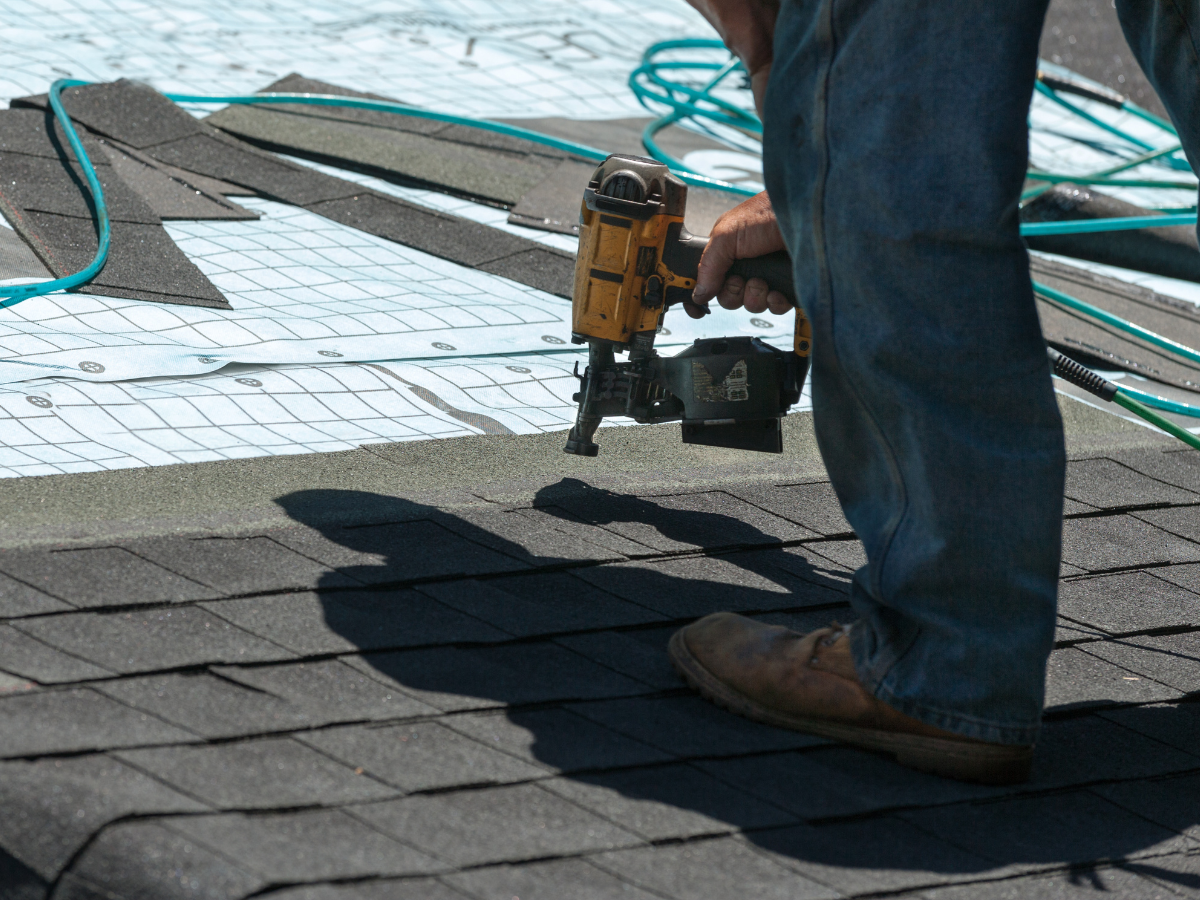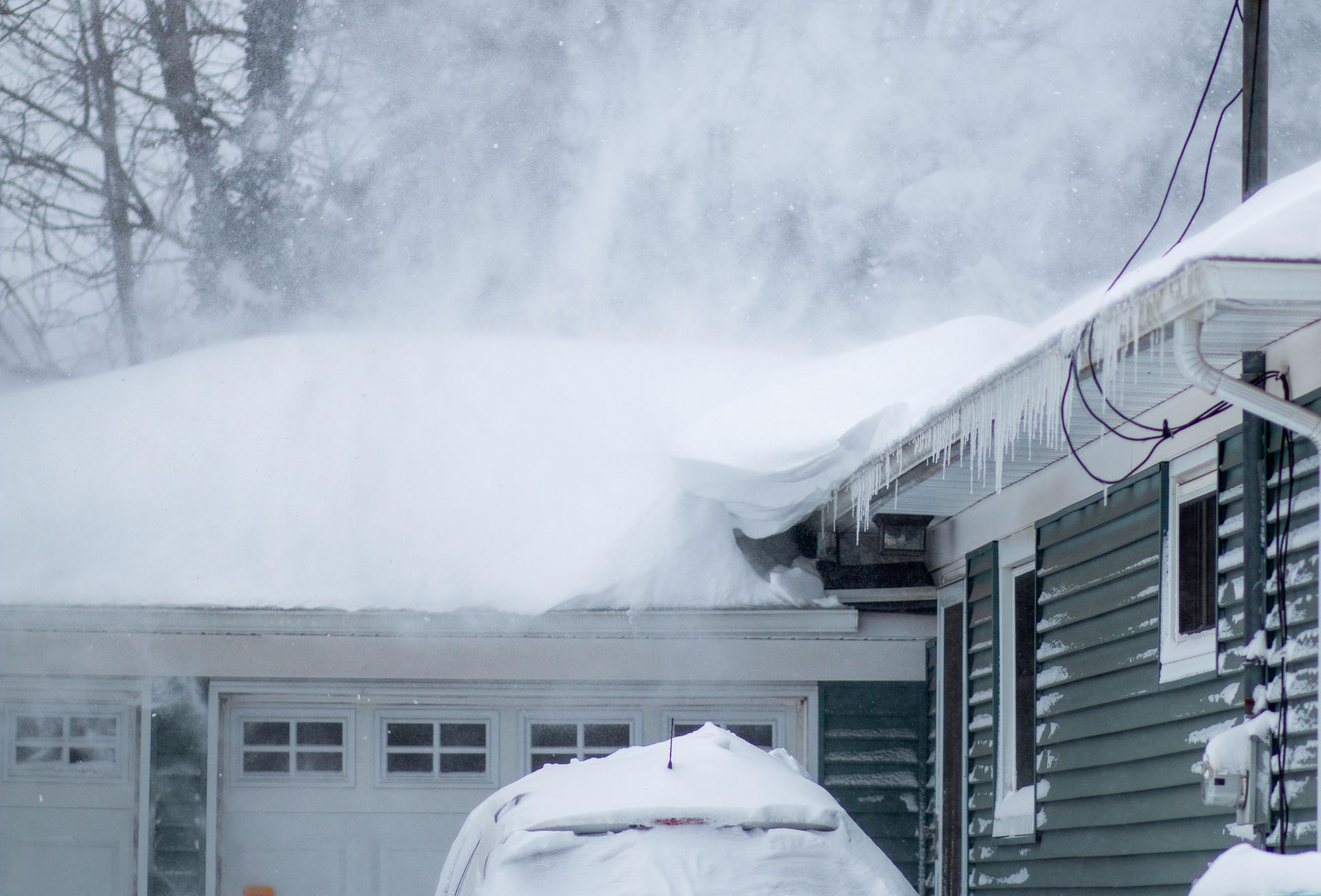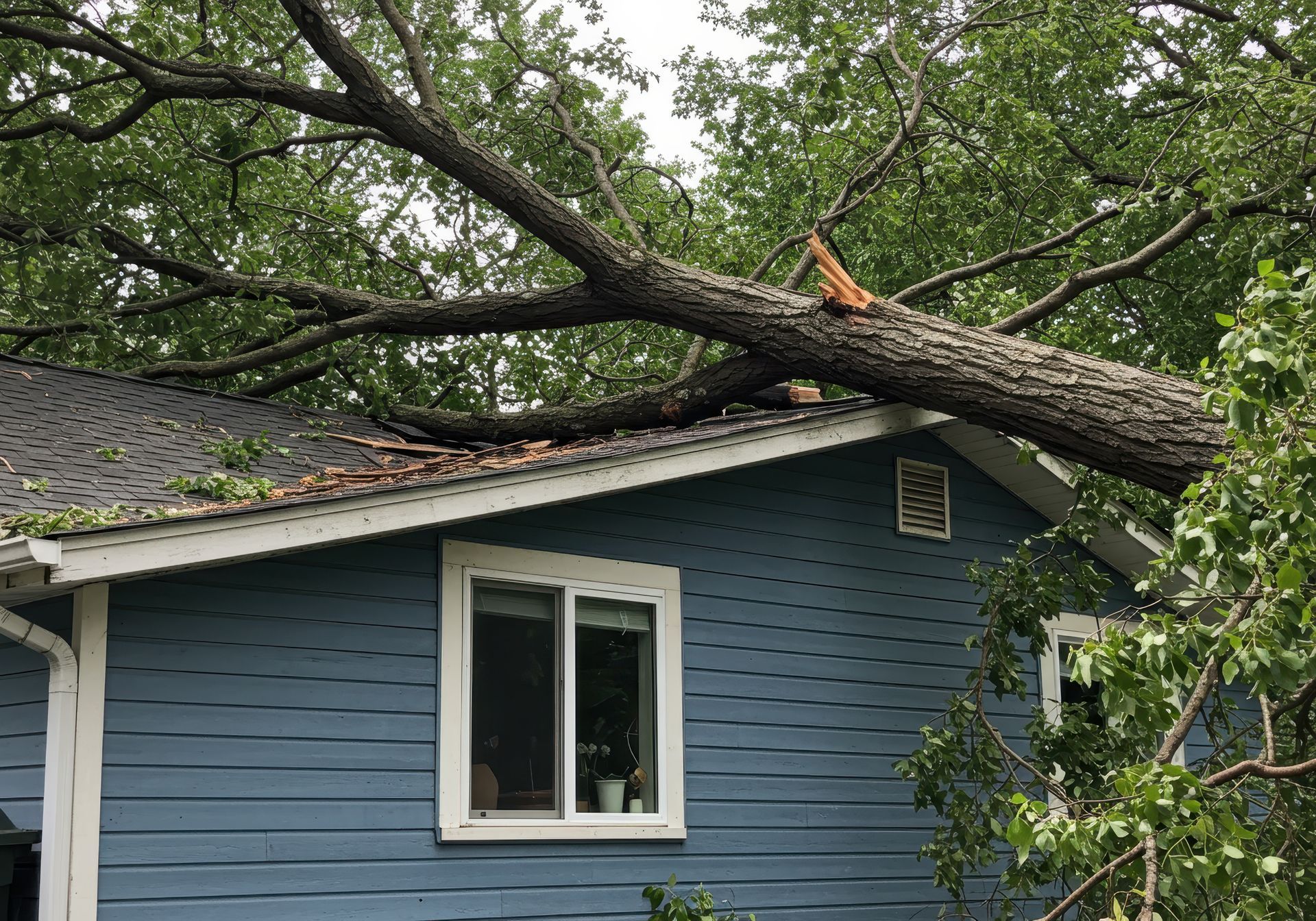When Is the Best Time of Year to Replace a Roof?
Replacing a roof is a significant investment for any homeowner, so it’s important to ensure that the job is done at the right time. The best time of year for a roof replacement depends on several factors, including weather conditions, contractor availability, and the overall state of your roof. In this blog, we’ll explore the best time to replace your roof and the reasons why certain seasons are more favorable than others for this important home improvement project.
1. Spring: A Popular Choice for Roof Replacements
Spring is considered one of the best times of year for roof replacement, and for good reason. The temperatures are typically mild, which creates ideal conditions for roofing materials to be applied. Additionally, contractors are often less busy in the spring, which means you may have an easier time scheduling an appointment.
Spring also offers the benefit of clear weather, which is important for ensuring that your roof is properly installed. Dry weather prevents delays due to rain and moisture, which can interfere with the roofing process. With moderate temperatures and fewer weather-related disruptions, spring is a great time to get your roof replaced.
2. Summer: Pros and Cons of Hot Weather
Summer is another popular time for roof replacements, especially in areas with colder winters. Roofing materials, such as asphalt shingles, tend to adhere better when the temperatures are warm, which can result in a more secure installation. Additionally, summer offers the benefit of long days, which means contractors can work for extended hours, ensuring the project is completed more quickly.
However, the summer heat can also pose challenges, especially in regions where temperatures regularly exceed 90°F. Excessive heat can cause roofing materials to soften and become more difficult to handle, and the hot weather can make working conditions uncomfortable for roofing crews. If you live in an area with extremely hot summers, it’s essential to consider both the pros and cons of summer roofing before scheduling your replacement.
3. Fall: Ideal Conditions for Roof Replacement
Many roofing experts consider fall to be the absolute best time to replace a roof. During the fall, temperatures are mild, which helps roofing materials settle properly. The weather is also typically dry, reducing the chance of weather delays or complications during the installation.
In addition to the favorable weather, fall is generally a slower season for roofing contractors. Many homeowners complete their roof replacements before the cold weather sets in, which means you may be able to schedule your project at a convenient time. Fall also provides the opportunity to inspect your roof before the winter months, ensuring that it’s ready for the harsh conditions ahead.
4. Winter: The Challenges of Cold Weather Roofing
While winter is technically an option for roof replacement, it’s generally considered the least favorable time of year. The cold temperatures and unpredictable weather can cause significant challenges. Cold weather can make roofing materials brittle and more prone to cracking, which can affect the quality of the installation.
In addition, snow, ice, and rain are common in the winter months, which can delay your roofing project or even cause damage to the roof during installation. However, in regions with mild winters, a roof replacement may still be possible, but it’s important to consult with a roofing professional to determine whether the conditions are suitable for work.
If your roof is leaking or damaged, delaying a roof replacement until spring may lead to further damage. In these cases, temporary fixes or emergency roof repairs may be necessary to protect your home until the weather improves.
5. Consider Your Roof’s Condition
While the time of year plays a significant role in determining when to replace your roof, the condition of your roof is the most important factor. If your roof is showing signs of severe wear and tear, such as missing shingles, leaks, or structural damage, it may be necessary to replace it sooner rather than waiting for the perfect season.
If you notice that your roof is in poor condition and repairs are no longer sufficient, it’s a good idea to schedule a consultation with a professional roofing contractor. They can assess the damage and advise you on the best course of action, whether that’s a roof replacement or emergency repairs.
6. Roofing Contractor Availability
Another consideration when scheduling your roof replacement is the availability of contractors. Roofing companies tend to be busiest in the spring and fall, so if you’re hoping to get your roof replaced during these peak seasons, it’s important to schedule early.
If you’re on a tight timeline or need your roof replaced quickly, winter or summer may provide more flexibility in terms of contractor availability. However, be mindful of the challenges that come with roofing during these seasons.
Conclusion
The best time of year to replace your roof depends on various factors, including weather, contractor availability, and the condition of your roof. Spring and fall are the most ideal times due to mild temperatures and dry conditions, which create the perfect environment for roof installation. Summer can also be a good option, but it’s important to consider the potential challenges of extreme heat. Winter should be reserved for emergency repairs if necessary, as the cold temperatures and weather conditions can make roofing difficult and less effective.
If you’re considering a roof replacement, contact Overmyer Roofing today to schedule a consultation. Our team of experts is ready to assess your roof’s condition and help you choose the best time for your replacement project.







